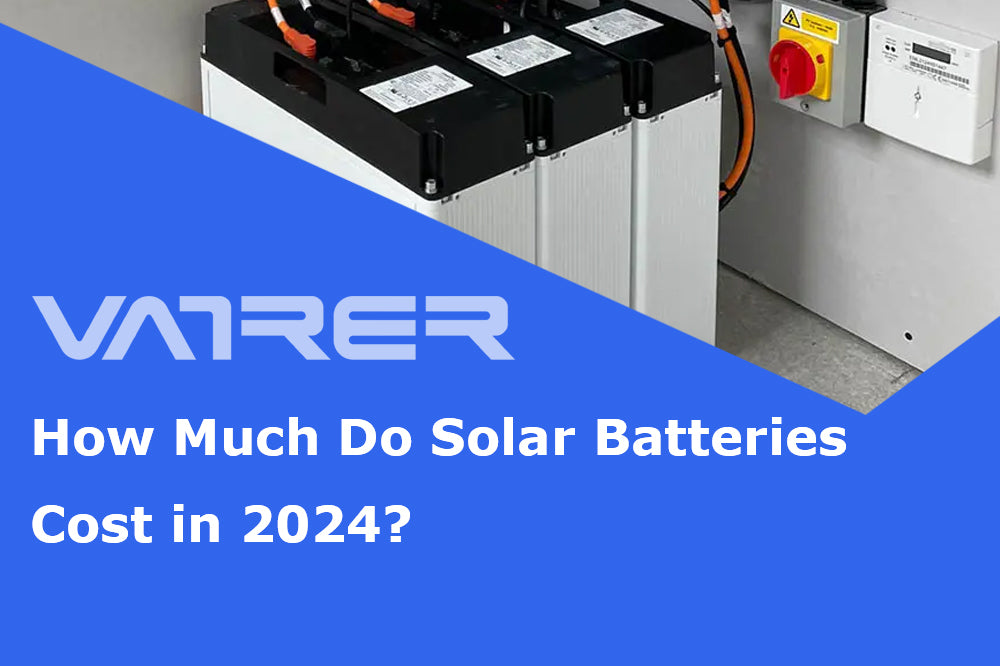Golf carts have become an essential mode of transportation not only on golf courses but also in various residential and commercial settings. Among the technical issues that can arise, Low Voltage Disconnect (LVD) problems are particularly challenging. LVD is a safety feature designed to protect your batteries from deep discharge, which can lead to permanent damage. However, when LVD problems occur, they can prevent your golf cart from operating efficiently. This article will explore the causes, symptoms, and solutions for LVD problems in golf carts.

What is Low Voltage Disconnect (LVD)?
Low Voltage Disconnect (LVD) is a protective mechanism integrated into the battery management system (BMS) of electric vehicles, including golf carts. Its primary function is to disconnect the load from the battery when the voltage drops below a predetermined threshold. This prevents the battery from deep discharging, which can significantly reduce its lifespan and performance.
Common Causes of LVD Problems
-
Battery Age and Wear: Over time, batteries naturally degrade and lose their ability to hold a charge. Older batteries are more susceptible to voltage drops, triggering the LVD more frequently.
-
Poor Battery Maintenance: Lack of regular maintenance, such as not checking water levels in lead-acid batteries or failing to clean terminals, can lead to reduced battery performance and LVD activation.
-
High Current Draw: Using accessories that draw a lot of current (like lights, radios, or additional electronics) can cause the battery voltage to drop quickly, activating the LVD.
-
Faulty Charging System: Problems with the charger or charging system can result in batteries not being fully charged, leading to lower voltage levels and potential LVD issues.
-
Temperature Extremes: Batteries can be sensitive to extreme temperatures. Cold weather can reduce battery efficiency, while hot weather can increase the rate of discharge, both potentially leading to LVD activation.
Symptoms of LVD Problems
-
Frequent Shutdowns: The golf cart may frequently shut down or refuse to start, especially after a short period of use.
-
Reduced Speed and Power: The cart may operate at reduced speeds or exhibit a significant loss of power.
-
Warning Lights: Some golf carts have warning lights or indicators that alert you when the LVD has been activated.
-
Unusual Battery Readings: Voltage readings from the battery may show unusually low levels even after a full charge.
Solutions to LVD Problems
-
Regular Battery Maintenance: Ensure that your batteries are well-maintained. For lead-acid batteries, check the water levels regularly and clean the terminals to prevent corrosion. For lithium batteries, ensure proper connection and monitor the BMS.
-
Upgrade the Battery Pack: If your batteries are old or consistently triggering the LVD, it may be time to upgrade to a new battery pack. Consider high-capacity lithium-ion batteries, which are more efficient and have a longer lifespan.
-
Reduce Current Draw: Minimize the use of high-current accessories when driving the golf cart. If necessary, upgrade the electrical system to handle additional load without affecting the battery voltage.
-
Check the Charging System: Regularly inspect and maintain the charger and charging system. Ensure that the charger is compatible with your battery type and that it provides a full charge cycle.
-
Monitor Temperature: Store and operate your golf cart in environments with moderate temperatures. Extreme temperatures can adversely affect battery performance and lead to LVD issues.
-
Install a Voltage Meter: Installing a voltage meter can help you monitor battery voltage levels in real-time, allowing you to take preventive measures before the LVD is triggered.
Conclusion
Low Voltage Disconnect (LVD) problems can be frustrating, but they are an essential safeguard for preserving the health and longevity of your golf cart batteries. By understanding the causes and symptoms of LVD issues, and implementing the recommended solutions, you can ensure that your golf cart operates smoothly and efficiently. Regular maintenance and monitoring are key to preventing LVD problems and extending the life of your batteries. Enjoy your ride with confidence, knowing that your golf cart is well-protected and ready for action.
Continue reading: How to Test Golf Cart Batteries: A Comprehensive Guide













